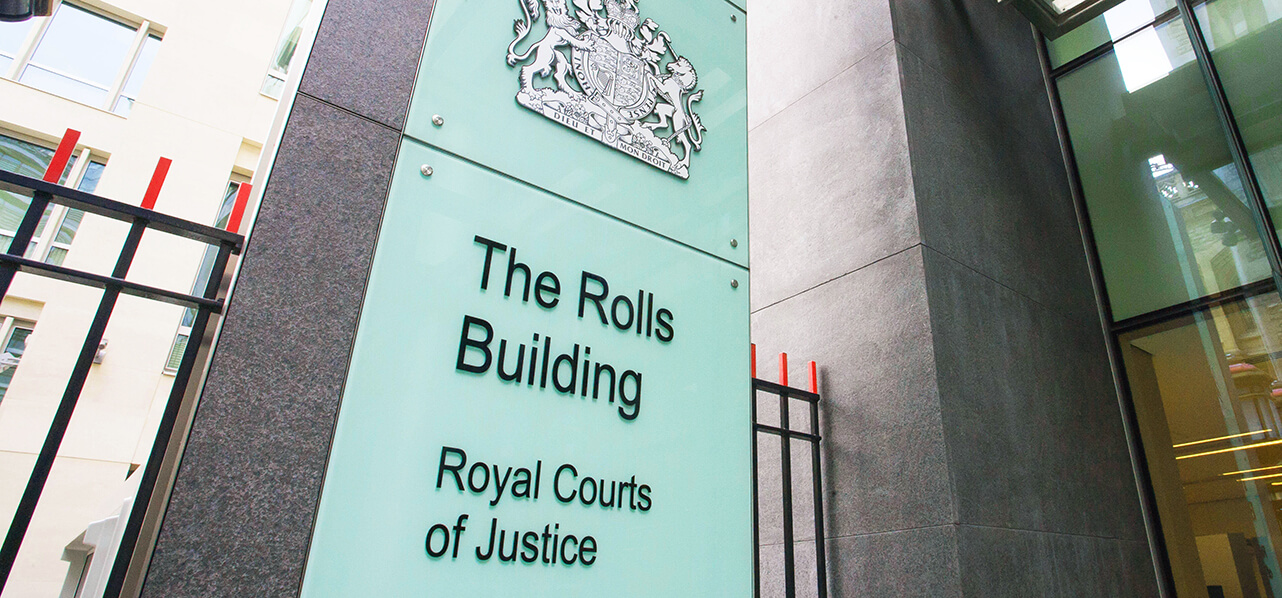Partner London
"Developers signing the Contract will be expected to work closely with building owners, management companies and residents to ensure that any defects are identified and rectified in a timely manner."
There are only a few weeks remaining for developers to commit to repairing fire safety defects in high rise residential buildings. By 13 March 2023 the Department for Levelling Up, Housing and Communities (the DLUHC) require developers to have signed a legally binding pledge to remedy “life-critical fire-safety works” in all residential buildings over 11m that they were involved in developing or refurbishing within the last 30 years. Over 49 of the country’s biggest developers have currently committed to that pledge with more expected to commit over the following few weeks.
On 30 January 2022, the DLHUC issued the final ‘Self Remediation Terms and Deed of Bilateral Contract’ (the Contract) to developers and they have been given six weeks to sign. The Contract has been issued for signature following the introduction of the Building Safety Act 2022 (BSA 2022) is a significant piece of legislation which transforms the way buildings are designed, constructed and managed in England. BSA 2022 was introduced following several high-profile building safety failures, most notably the Grenfell Tower fire tragedy in 2017.
Developers signing the Contract will be expected to work closely with building owners, management companies and residents to ensure that any defects are identified and rectified in a timely manner. Here are some of the key provisions of the Contract:
1. Requirement to identify all buildings requiring works
The Contract obliges developers to identify buildings requiring remedial work as soon as reasonably practicable after entry into the Contract. The assessment may be carried out without requiring developers to undertake a physical inspection of all buildings developed or refurbished within their portfolio.
Developers are also under an obligation to use all reasonable endeavours to obtain up-to-date copies of fire safety assessments. Where a Fire Risk Appraisal of External Walls (FRAEW) has been recommended, or if having regard to the guidance under the Publicly Available Specification 9980:2022 (PAS 9980), there is reason to suspect that a FRAEW may be required, the developer must obtain an up to date FRAEW for that building, unless exemptions apply.
2. Which buildings are covered?
Under the Contract only certain buildings are required to be remediated by the developers. These are:
- any residential and/or mixed-use building that includes one or more residential commonhold or leasehold properties under a lease exceeding 21 years, or
- a building owned by a registered provider (as defined under section 80 of the Housing and Regeneration Act 2008).
In each case the building must be in England with a height of 11 metres or above. The developer must have played a role as a developer or the party refurbishing the building within 30 years prior to 5 April 2022.
"The developer must carry out all necessary work to ensure all defects are promptly remediated in accordance with the contractual standards."
3. Which defects require repair?
The developer must carry out all necessary work to ensure all defects are promptly remediated in accordance with the contractual standards (see below).
The Contract defines defects as “each defect, shrinkage, fault or other failing whatsoever” which “gives rise to a life critical fire safety risk” in the building that arose from the design, construction or refurbishment of the building as part of the developer’s works. In relation to the external walls and cladding, the standard is linked to the requirements of PAS 9980. Regarding the internal parts, the standard equates to all industry standards and applicable laws relevant to fire safety risks.
Any fire-safety risk that a fire safety assessment (as defined in the Contract) or FRAEW determines is not tolerable, irrespective of how this is expressed, will be deemed to be a life-critical fire-safety risk.
4. What costs must developers cover?
The developer must carry out remedial works at its own cost using suitably qualified sub-consultants, sub-contractors or suppliers. Alternatively, the developer shall fund the costs of the building owner undertaking the remedial works through a funding agreement.
The costs that developers may be required to carry out under the Contracts are extensive and include:
- carrying out and completing the works, and any subsequent snagging items,
- arranging access to the remedial works, including gaining consents from owners of neighbouring land or property,
- cost overruns that are not the fault of the building owner where it is not undertaking repair works,
- temporarily moving residents into alternative accommodation where reasonably considered necessary by the developer to complete the works (having first consulted the building owner and/or regulatory authority). Examples of where it may be considered reasonable to temporally accommodate residents elsewhere are:
- to avoid an immediate or imminent threat to life or other personal injury,
- where it would not be reasonable for residents to continue to live during the repair works (for example where noise and other disturbances constitute a nuisance),
- professional adviser fees where appointed by the building owner, or by a majority of leaseholders subject to the developer’s prior agreement (not to be unreasonably withheld or delayed), and
- costs of obtaining planning permission or building consent.
"If a developer fails to sign the Contract by the 13 March 2023 deadline, the DLUHC has threatened to block such developers from becoming a ‘Responsible Actor’ under imminent secondary legislation due to be introduced under sections 126-129 of BSA 2022."
5. Can betterment be claimed?
The Contract requires developers to remedy defects to the contractual standard (see above). Betterment works are generally not required save in limited circumstances, such where betterment is unavoidable and necessary to:
- complete the remedial works to the contractual standard,
- obtain all planning, building control and other statutory permissions, consents etc, and
- obtain final sign off that the defects have been remedied.
6. What are the consequences if a developer refuses to sign?
The DLUHC are determined that the major developers take responsibility for playing their part in this crisis. Accordingly, if a developer fails to sign the Contract by the 13 March 2023 deadline, the DLUHC has threatened to block such developers from becoming a ‘Responsible Actor’ under imminent secondary legislation due to be introduced under sections 126-129 of BSA 2022.
This could have significant consequences on developers’ businesses, as the DLUHC could effectively block developers from carrying out developments and receiving building control approval. Further, the DLUHC has threatened to make public which developers fail to sign by the 13 March 2023 deadline, take steps to warn investors and customers of the risks arising from continuing their commercial relationships with the developers in question, and review its own commercial relationships and engagements with such developers. Such measures would effectively blacklist developers, preventing them from carrying out future developments in England. Michael Gove, Secretary of State for Levelling Up, Housing and Communities, sent out a staunch reminder that developers must sign or otherwise “find another line of work”.
Conclusion
The Government’s efforts to hold developers accountable for building safety defects are an important step in ensuring residents of high-rise buildings are able to feel safe and secure in their homes. Whilst there is still uncertainty and much work to be done to address the legacy of unsafe high rise residential buildings, the measures under the Contract represent a significant step towards creating a safer and more secure built environment, whilst trying to protect residents from expensive remedial works.
For developers impacted by these new measures, the Contract represents a significant financial liability in a current market with ongoing economic challenges. The obligations in the Contract are extensive with many new obligations on developers, and new rights and protections extended to leaseholders. We recommend taking professional advice to ensure compliance is achieved.
This article was first published on Lexis®PSL Construction on 3 March 2023.
Key contacts
Partner London
Senior Associate London





